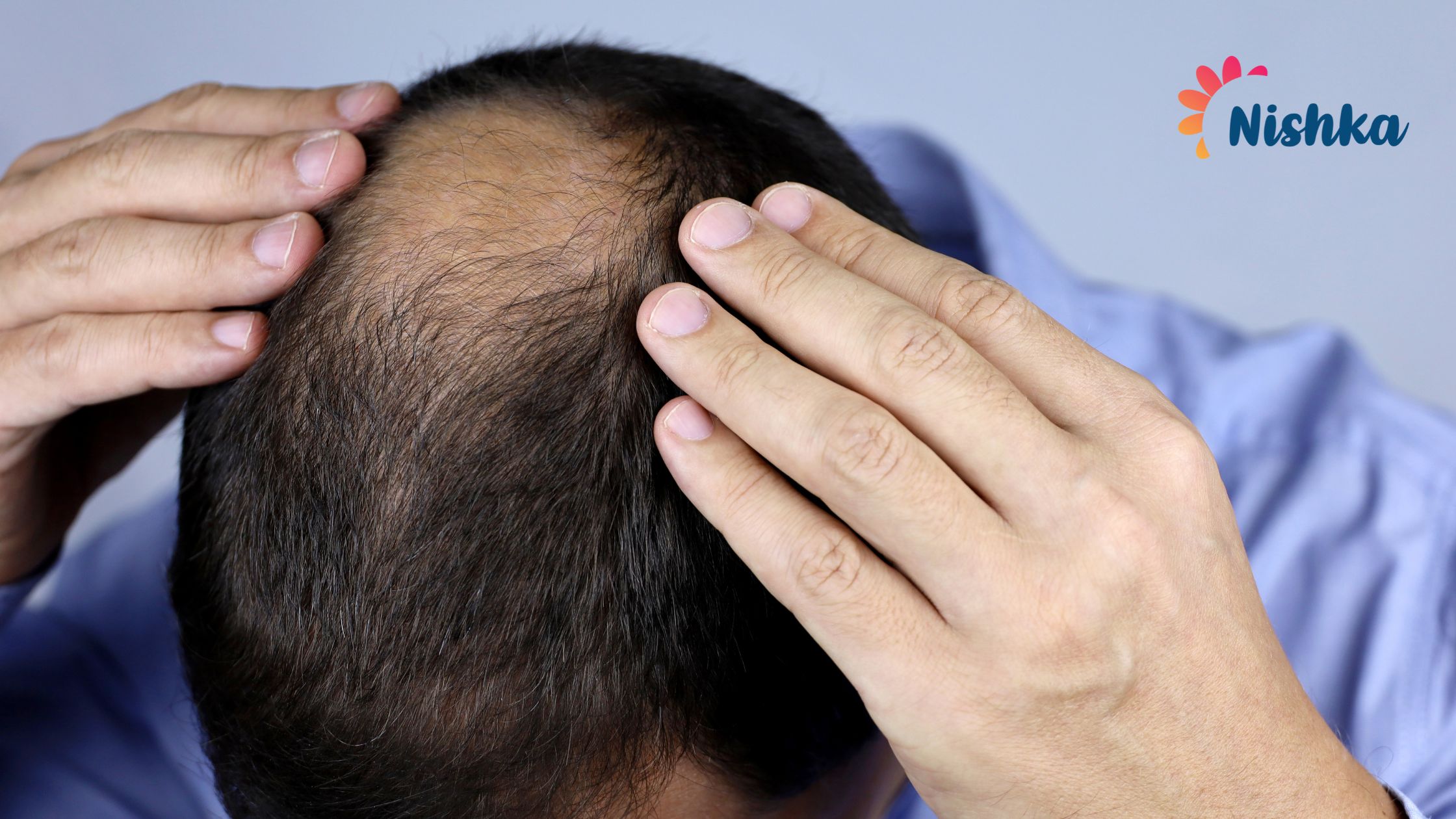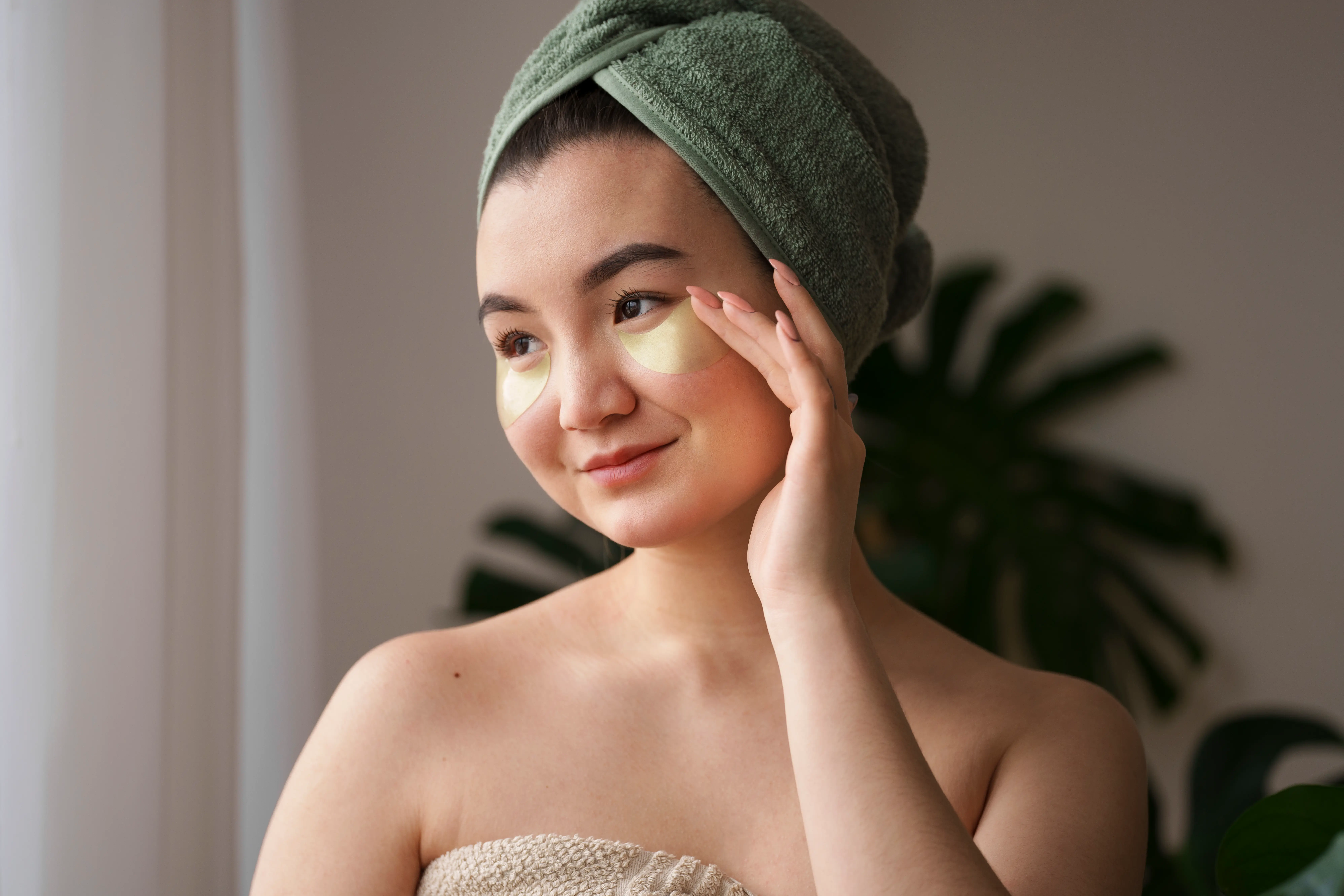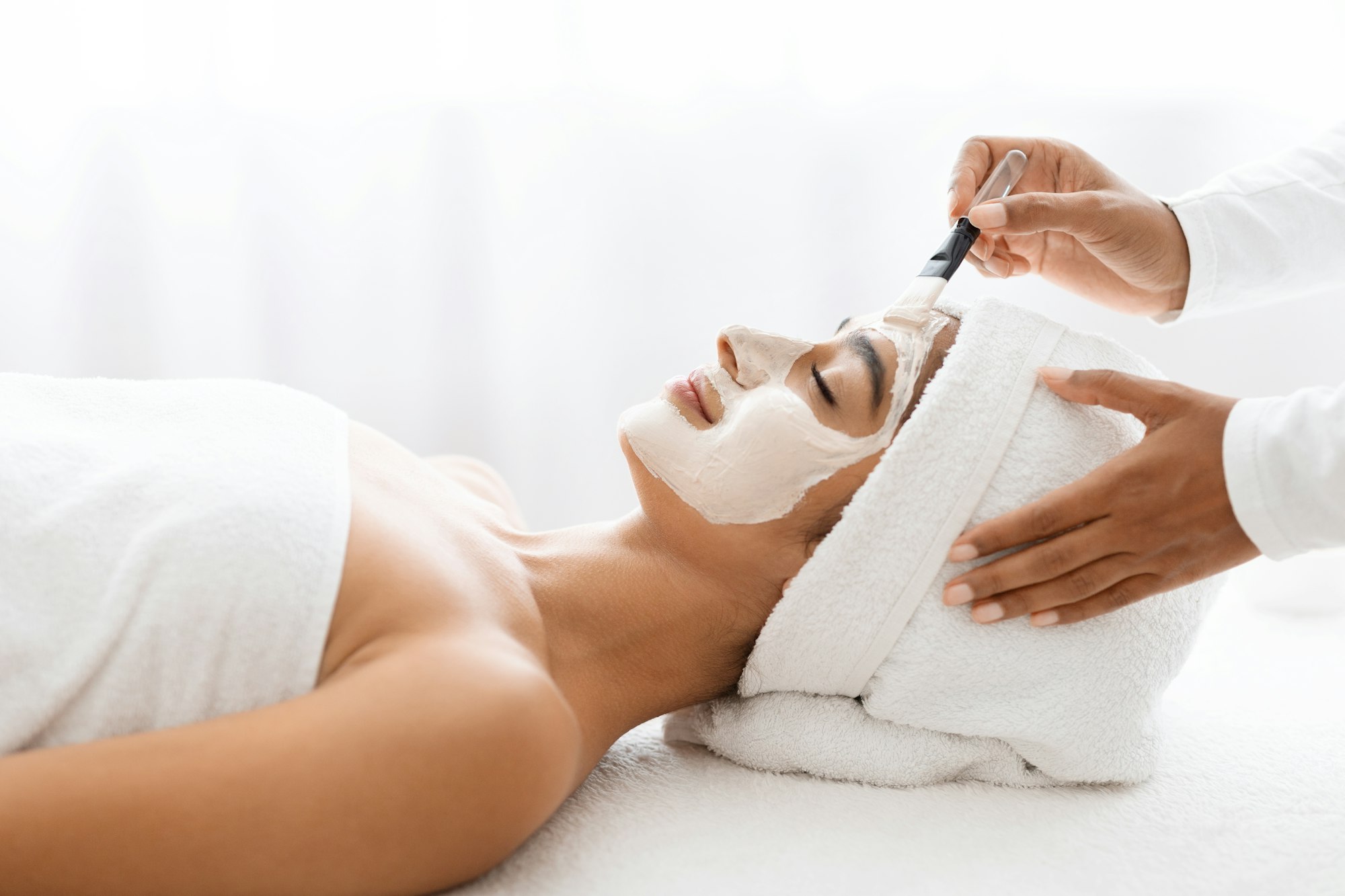
Hair loss is a concern that affects millions worldwide, causing distress and a decline in self-esteem for both men and women. While there are various treatments available, two of the most promising and widely used therapies are Growth Factor Concentrate (GFC) and Platelet-Rich Plasma (PRP) treatments. Both treatments harness the body’s natural healing processes to stimulate hair growth and improve scalp health.
In this extensive article, we will explore the science behind GFC and PRP treatments, how they work, who they are most beneficial for, the procedure involved, side effects, success rates, and what to expect during and after the treatment process. Whether you are considering these treatments for hair loss or simply want to understand the procedures, this guide covers all you need to know.
1. Understanding GFC and PRP Treatments
What is PRP (Platelet-Rich Plasma) Therapy?
Platelet-rich plasma (PRP) therapy is a regenerative treatment that involves using a concentrated form of the patient’s own blood platelets. These platelets are rich in growth factors that help in healing and tissue regeneration. PRP has been used in various medical fields, including orthopaedics, dermatology, and now trichology (hair loss treatment).
In PRP therapy, blood is drawn from the patient, processed in a centrifuge to separate the platelets from other blood components, and then injected into the scalp. The growth factors in the platelets stimulate the hair follicles, increasing hair thickness and reducing hair fall.
What is GFC (Growth Factor Concentrate) Therapy?
Growth Factor Concentrate (GFC) is an advanced form of PRP therapy that takes platelet therapy one step further. In GFC, the patient’s blood is processed in a specialised kit designed to extract and concentrate growth factors, providing a purer form of these healing proteins. GFC delivers higher concentrations of growth factors than PRP, making it more effective in stimulating hair follicles and improving scalp health.
The primary difference between PRP and GFC is the refinement and concentration of growth factors in GFC, which leads to quicker and potentially more effective results.
2. How Do PRP and GFC Work for Hair Loss?
Both PRP and GFC treatments stimulate the hair follicles by delivering a high concentration of growth factors directly to the scalp. These growth factors have the following effects:
- Stimulate Hair Follicles: Growth factors increase the activity of hair follicles, stimulating new hair growth and improving the density of existing hair.
- Improve Scalp Health: By promoting tissue regeneration, PRP and GFC can enhance scalp health, reducing conditions like dandruff and inflammation.
- Increase Hair Thickness: Many patients report thicker hair and a reduction in hair thinning after undergoing PRP or GFC treatments.
- Prolong the Growth Phase: The growth phase (anagen phase) of the hair cycle is extended, meaning the hair grows for a longer time before shedding.
Both treatments are ideal for people suffering from androgenetic alopecia (pattern baldness), telogen effluvium, and other forms of hair loss.
3. Things to Know Before Getting PRP or GFC Treatments
If you are considering PRP or GFC treatments for hair loss, there are several things you need to be aware of before starting the process:
Consultation is Key
Before undergoing any hair restoration treatment, it’s essential to consult with a qualified dermatologist or trichologist. At Nishka Skin and Hair Clinic, we conduct a thorough assessment of your scalp and hair condition to determine whether PRP or GFC is suitable for you. Factors like the cause of hair loss, medical history, and current medications are taken into consideration.
Commitment to Multiple Sessions
Both PRP and GFC treatments are not one-time procedures. Typically, a course of 3-6 sessions spaced 4-6 weeks apart is recommended for optimal results. After the initial course, maintenance sessions may be required every 6–12 months.
Diet and Lifestyle Influence Results
Patients should maintain a healthy diet and avoid smoking and alcohol consumption. A balanced diet rich in vitamins (especially B-vitamins), zinc, and iron can enhance the results of PRP and GFC treatments.
4. Who Can Benefit from GFC and PRP Treatments?
PRP and GFC therapies are suitable for a wide range of individuals suffering from different forms of hair loss, including:
- Androgenetic Alopecia: This is the most common form of hair loss, often referred to as pattern baldness, affecting both men and women.
- Telogen Effluvium: This condition causes temporary hair shedding due to factors like stress, surgery, or sudden weight loss.
- Alopecia Areata: An autoimmune condition that causes hair loss in patches. PRP and GFC may help in regrowing hair in affected areas.
- Post-Pregnancy Hair Loss: Women often experience hair thinning and shedding after pregnancy. PRP or GFC can stimulate hair growth and restore thickness.
At Nishka Skin and Hair Clinic, we assess the underlying causes of hair loss before recommending PRP or GFC therapy. By understanding the specific condition, we can tailor the treatment for the best possible outcome.
5. The Treatment Process for PRP and GFC
Both PRP and GFC therapies follow similar procedures but differ slightly in the concentration and purification of growth factors.
Step-by-Step Process:
- Blood Draw: A small amount of blood is drawn from your arm.
- Centrifugation: The blood is placed in a centrifuge to separate the platelet-rich plasma from the red blood cells. In the case of GFC, a specialised kit further purifies and concentrates the growth factors.
- Injection: The concentrated platelets or growth factors are injected into the scalp using a fine needle. These injections are typically targeted at areas with thinning hair.
- Post-Treatment Care: After the procedure, patients are advised to avoid washing their hair for at least 24 hours and refrain from direct sun exposure.
The entire process usually takes about an hour, and most patients can return to their normal activities immediately after treatment.
6. Side Effects and Risks
While PRP and GFC are considered safe treatments with minimal side effects, it’s essential to be aware of the potential risks involved.
Common Side Effects:
- Mild Pain and Discomfort: Some patients may experience mild discomfort or a tingling sensation at the injection sites. This usually subsides within a few hours.
- Swelling or Redness: The scalp may appear slightly red or swollen post-treatment, but this is temporary.
- Bruising: Minor bruising at the blood draw site or injection points is common but heals within a few days.
Rare Side Effects:
- Infection: Although rare, there is a slight risk of infection at the injection site. Using sterile techniques, as followed at Nishka Skin and Hair Clinic, minimises this risk.
- Allergic Reaction: Since PRP and GFC use your blood, the risk of allergic reactions is almost nonexistent.
At Nishka Skin and Hair Clinic, we prioritise patient safety and ensure that every procedure is carried out under sterile conditions by trained professionals to minimise risks.
7. Success Rates of PRP and GFC for Hair Growth
The success of PRP and GFC treatments varies depending on individual factors like the severity of hair loss, age, and the underlying cause of hair thinning. However, studies and clinical experiences show promising results for both treatments:
- PRP Therapy: Success rates for PRP treatments typically range between 60-80%, with most patients noticing an improvement in hair thickness and a reduction in hair shedding within the first few months.
- GFC Therapy: GFC therapy is considered to be more advanced, with faster results and a higher concentration of growth factors. Success rates for GFC treatments are reported to be between 80 and 90%, with noticeable improvements in hair density and growth after just 2-3 sessions.
At Nishka Skin and Hair Clinic, we track patient progress and adjust treatment protocols as needed to maximise results. Regular follow-up consultations ensure that patients receive the best possible care.
8. What to Follow While on PRP or GFC Treatment
To maximise the benefits of PRP or GFC treatments, it’s crucial to follow post-care guidelines provided by your dermatologist. Here are some key tips:
- Avoid hair washing for 24 hours: Allow the growth factors to penetrate and work on your scalp by refraining from washing your hair immediately after the treatment.
- Avoid Harsh Chemicals: Limit the use of harsh shampoos, dyes, or styling products that may irritate the scalp.
- Stay Hydrated and Maintain a Healthy Diet: Proper hydration and a diet rich in essential nutrients like iron and biotin support healthy hair growth.
- Limit Sun Exposure: Protect your scalp from direct sunlight, especially in the days following treatment.
- Follow Maintenance Sessions: PRP and GFC treatments require follow-up sessions to sustain results. Ensure you stick to the prescribed schedule for the best outcome.
At Nishka Skin and Hair Clinic, we provide detailed aftercare instructions to ensure that patients get the most out of their treatment.
Nishka Conclusion
In conclusion, PRP and GFC therapies offer effective, minimally invasive solutions for hair loss, stimulating natural hair regeneration. At Nishka Skin and Hair Clinic, we are dedicated to providing personalised care tailored to your unique needs. By understanding the holistic approach to hair health and following expert guidance, you can maximise the benefits of these treatments. For personalised consultations and advanced hair restoration solutions, visit us to embark on your journey toward thicker, healthier hair. Your path to renewed confidence starts here!






